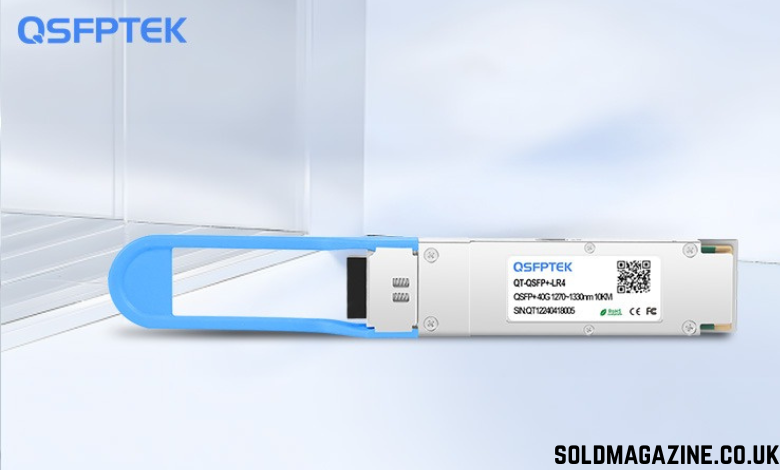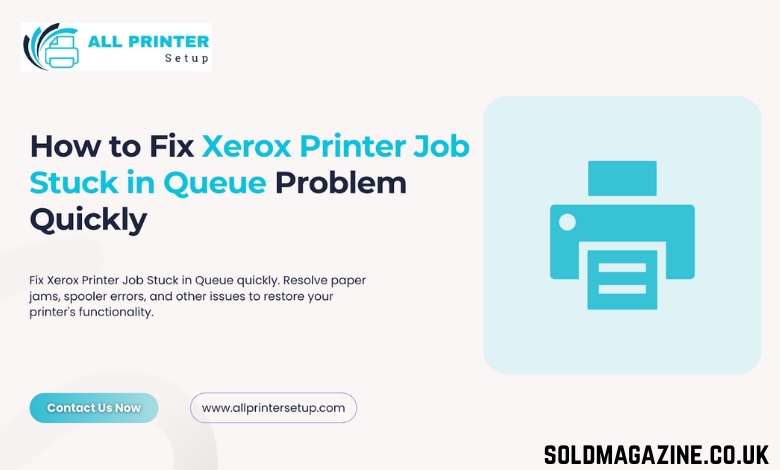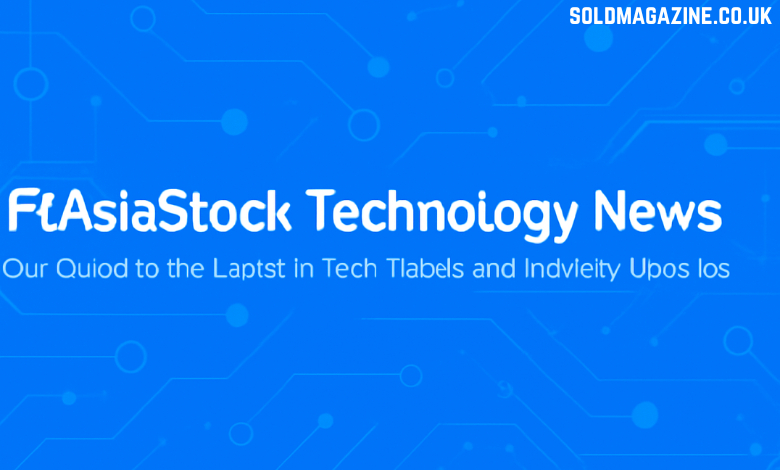Introduction
It’s easy to assume that once faster optics arrive, older ones immediately lose value. In practice, networks evolve more slowly and pragmatically. The 40GBASE-LR4 module is a great example: it isn’t the newest kid on the block, but it continues to play a useful role. This article looks beyond the headlines and into why LR4 still makes sense in many real-world networks.
Simple, predictable technology
At heart, LR4 is straightforward. It sends 40 gigabits using four separate 10G lanes over single-mode fiber, typically up to 10 kilometers. That’s long enough for a lot of campus links, inter-building connections, and many metro hops. The QSFP+ form factor is familiar to operators; the modules are hot-swappable and broadly supported. All those practical conveniences add up. When you want something that “just works,” LR4 often fits the bill.
Cost and lifecycle considerations
One of the strongest arguments for LR4 is money and timing. Upgrading an entire campus or data center to 100G can be expensive—not only the optics, but the switches, cables, and often the labor and downtime. For many organizations a staged approach is sensible: upgrade where you need to, keep LR4 links where they still do the job, and pace capital spending over multiple cycles. It’s a conservative strategy, but it’s also the one that keeps lights on and budgets intact.
Where LR4 is the pragmatic choice
There are clear use cases. University campuses with multiple buildings, municipal networks, and regional co-location links often fall in that 10km sweet spot. Imagine a hospital campus linking the main data center to a diagnostic imaging facility a few kilometers away. They need reliability more than headline throughput; 40GBASE-LR4 gives them stable bandwidth without the complexity of higher-end optics. Similarly, some service providers still offer 40G business services where demand doesn’t justify 100G.
Interoperability and vendor flexibility
LR4 benefits from years of cross-vendor experience. Because it’s a mature IEEE standard, third-party optics work well in a wide variety of switches. That opens procurement choices and avoids vendor lock-in. When you can buy compatible modules from multiple suppliers, negotiations get easier and costs come down. For ops teams that value flexibility, LR4’s broad ecosystem remains attractive.
Operational simplicity and troubleshooting
When things go wrong in the field, predictable behavior matters. LR4’s faults are familiar: connector contamination, cable bends, connector loss. Diagnostic tools and workflows for troubleshooting LR4 links are well established. That reduces Mean Time To Repair (MTTR) because engineers aren’t learning new quirks — they are applying proven procedures. In busy operations, predictable troubleshooting is gold.
Power, density, and physical constraints
Compared with short-reach options, LR4 draws more power, but it’s still modest compared to some higher-speed optics and coherent solutions. For many racks and switch platforms the extra watts aren’t a deal-breaker. Also, LR4’s QSFP+ form factor fits existing port densities without forcing more radical chassis changes. For organizations balancing power, cooling, and space, LR4 tends to be an acceptable compromise.
Migration pathways — staged, not sudden
One of the smartest ways to upgrade is not to rip everything out at once. Many operators use LR4 as part of a staged plan: 10G at the edge, LR4 for aggregation, and selective 100G at the spine where density requires it. This hybrid approach aligns investment with actual traffic growth, and it reduces risk. It also gives teams breathing room to plan fiber and hardware refreshes thoughtfully.
The human factor — comfort and familiarity
Networks are run by people, and people prefer things they understand. LR4 sits squarely in the comfort zone for many network engineers. It’s not sexy, but it’s reliable. That human confidence translates into fewer errors during installs and upgrades, and smoother day-to-day operations. Don’t underestimate how much “we know how to do this” matters when deadlines and SLAs loom.
Final thoughts
40GBASE-LR4 is not the future’s flashiest standard — but that’s not the point. Its value comes from predictability, vendor choice, cost-effectiveness, and a clear fit for many real-world use cases. For networks that need solid 40G links without the cost or disruption of a full 100G migration, LR4 is still a smart, defensible choice. Networks evolve; LR4 helps them evolve on sensible terms.




